4 signs it’s time for a new set of tires
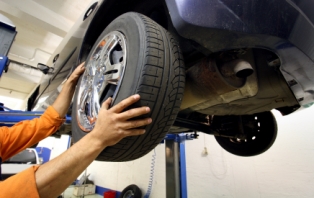 Jack Guthrie
Jack Guthrie
Jack Guthrie is an auto mechanic who specializes in electric and hybrid vehicles.
Tire safety is an essential part of properly maintaining your vehicle. According to TireSafety.com, a safety advocacy website from Bridgestone, only 15 percent correctly checks their tire pressure each month. Underinflated tires are more prone to damage and failure. And it can put a dent in your pocketbook too: Underinflated tires can lead to higher fuel costs – up to 5 cents per gallon.
Tires that aren’t well maintained can also be very dangerous. According to the National Highway Traffic Safety Administration, about 45 percent of SUVs with tire problems experience a rollover during a subsequent crash. Proper tire maintenance plays a proven role in diminishing the risk.
Here are four tips that will help you find out how old your tires are and whether they need to be replaced.
—-
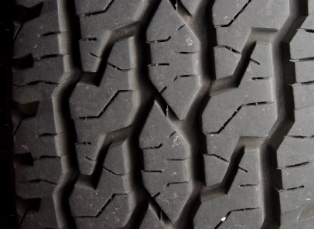 1. Examine the tread.
1. Examine the tread.
The tread of a tire refers to the grooves where the rubber makes contact with the road. As you drive, the rubber wears down, and these grooves become more and more shallow. In most states, a tire is legally worn out when its grooves measure no deeper than 2/32 of an inch. Tires with worn-down tread won’t have the traction to stop you from spinning out on black ice or hydroplaning on a watery highway, and it’s nearly impossible to gain traction in the snow.
To measure your tread, stick a penny in the tire tread, Abraham Lincoln’s head down. If Abe’s hair is covered by the tire, you have enough tread. If you can see Abe’s full head, you need new tires.
—-
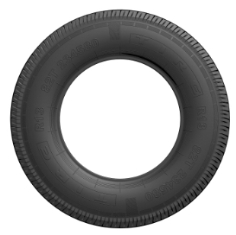 2. Check out the sidewalls.
2. Check out the sidewalls.
Tires commonly show their age in the sidewalls (the side of the tire) and the tread. Even if your treads seem OK, check the sidewalls. If they have cracks, nicks and marks that resemble dried-out, cracked earth, your tires are too old. A tire with sidewalls cracks can develop a leak or, worse, blow out on the highway.
—-
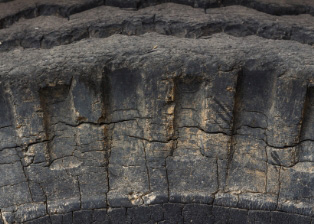 3. Look for dry rot.
3. Look for dry rot.
Tires that experience more exposure to UV rays and heat age faster, and many exhibit cracked sidewalls and worn-down grooves known as dry rot. As a general rule, if you live somewhere that has hot, dry weather and you don’t keep your car in the garage, your tires will age faster than if you lived in a cooler climate. Ask your local mechanic what the average tire lifespan is for your area, then keep an eye on your tires.
—-
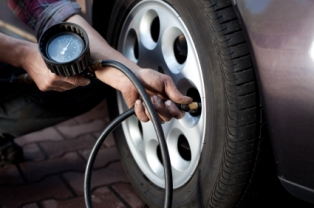 4. Pay attention to how often you top off the air pressure.
4. Pay attention to how often you top off the air pressure.
As tires get older, they often develop slow leaks that affect the air pressure. If you top up the air regularly but your tires still look low, take note: You may be due for a new set of tires. If you’re not sure how much air pressure your tires need, check on the driver’s side door panel for a decal indicating the tire PSI (pounds per square inch). Then inflate the tires to the recommended PSI or have a gas station attendant do so for you. Most newer-model cars have an indicator light that goes on when tire pressure is low.
